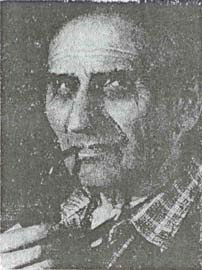 The Wind Tunnel in Polizu at the time of its inauguration represented one of the most advanced aerodynamic labs in the world. The tunnel was designed by Ion Stroescu (1888-1961), based on an original blue print, which included a patent and more innovations worldwide. Ion Stroescu was a sports teacher, but with a passion and a fascinating intuition for aerodynamics. Today, he is recognized as inventor and pioneer in experimental aerodynamics. He had built his first Wind Tunnel in 1927 at Râmnicu Sărat, in the sports room of the high school he was teaching.
The Wind Tunnel in Polizu at the time of its inauguration represented one of the most advanced aerodynamic labs in the world. The tunnel was designed by Ion Stroescu (1888-1961), based on an original blue print, which included a patent and more innovations worldwide. Ion Stroescu was a sports teacher, but with a passion and a fascinating intuition for aerodynamics. Today, he is recognized as inventor and pioneer in experimental aerodynamics. He had built his first Wind Tunnel in 1927 at Râmnicu Sărat, in the sports room of the high school he was teaching.
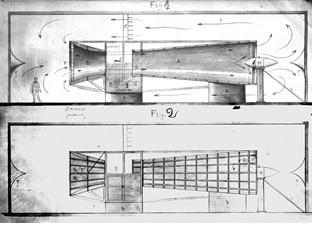
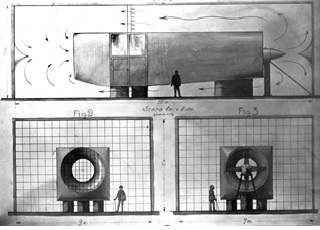
In the same year, he applies for two valuable patents, for controlling the boundary layer by injection-suction and blowing-out (patents 11.169/1925 and 13.677/1925 Ion Stroescu).
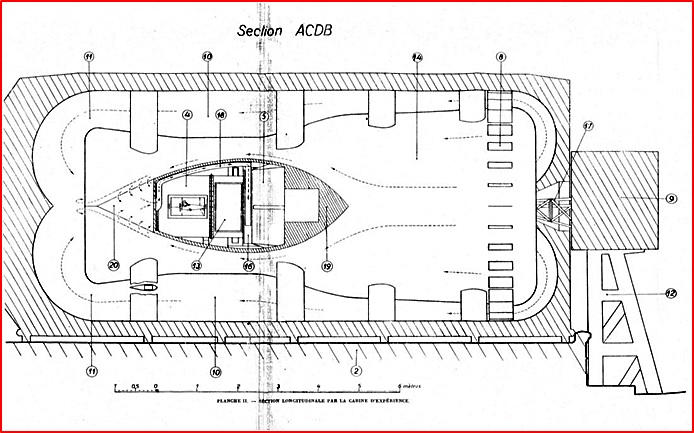
Illustrations show the blue prints of the Wind Tunnel in Râmnicu Sărat and photos during construction.
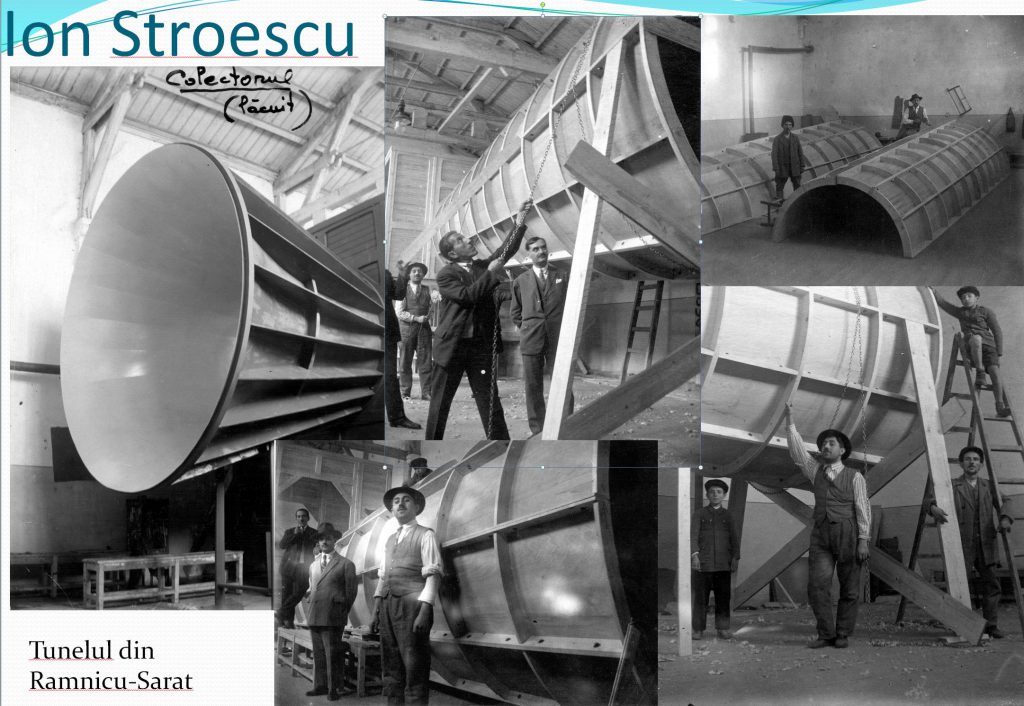
The new Wind Tunnel attracted Prof. Elie Carafoli’s attention, the well known Romanian aerodynamics expert, the founder of the aeronautical engineering school. He tried to stop the demolition of the tunnel, ordered by the Ministry because it ”abusively” occupied the sports room. He did not managed that, but managed instead to get an order for Ion Stroescu to be assigned at the Politechnical School.
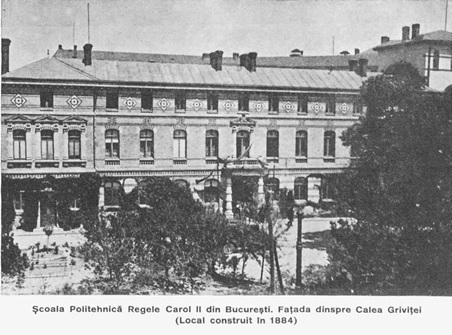
In 1929 Carafoli appointed Stroescu as assistant professor at the Department of Aerodyanmics. Under his supervision, Ion Stroescu designed and managed the works for the new Wind Tunnel of Polizu.
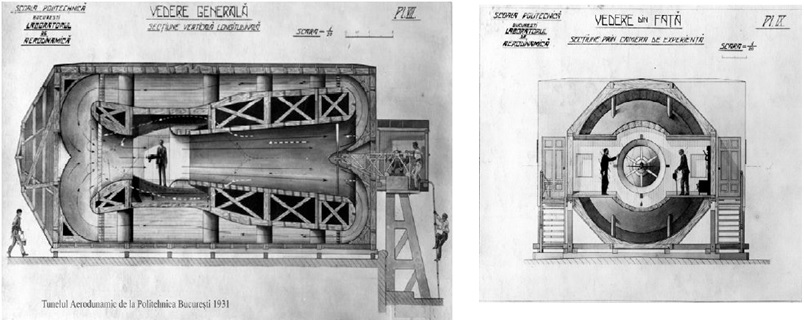
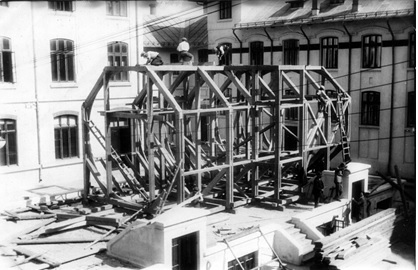
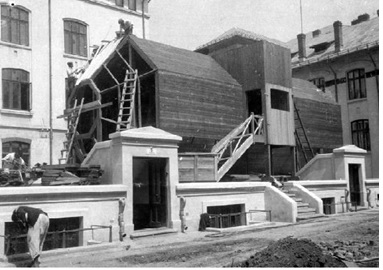
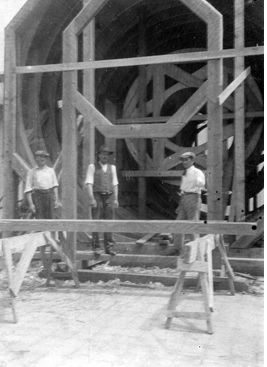
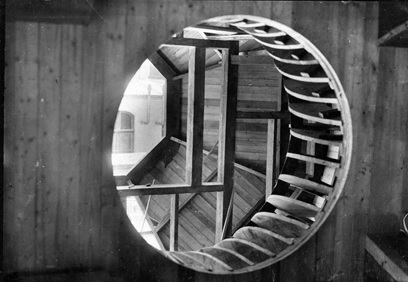
In the experimental section of the tunnel, the models of all Romanian airplanes were to be tested. The room was equipped with an aerodynamic strain cage, another invention, which demonstrate the creativity of the Romanian pioneers of aerodynamics.
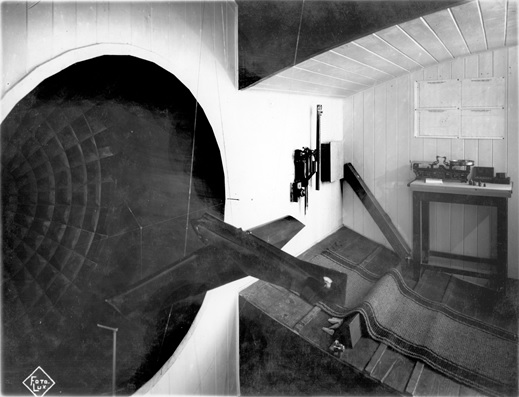
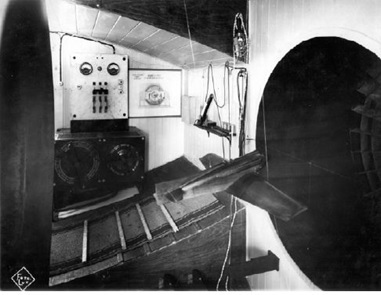
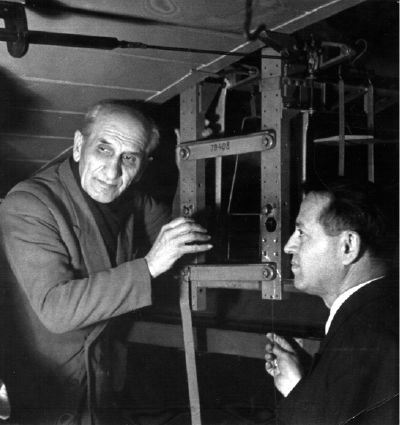
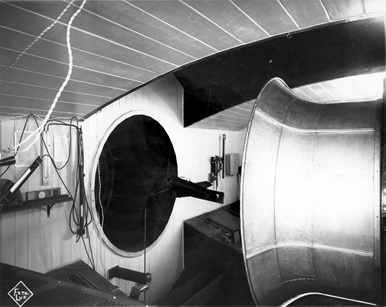
On 7 May 1931, King Carol the 2nd, together with Prince Nicolae, with Prime Minister Nicolae Iorga and with the Rector of the Politechnical School, Nicolae Vasilescu-Karpen inaugurate the most important Wind Tunnel in South-East Europe, and one of the most advanced and well equipped in Europe at the time.
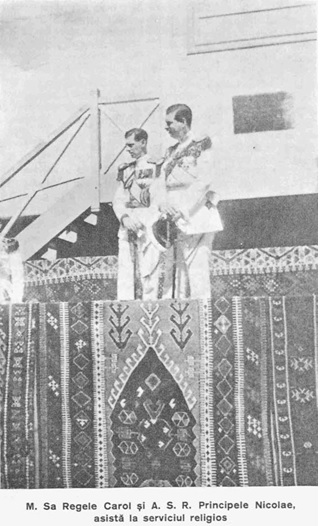
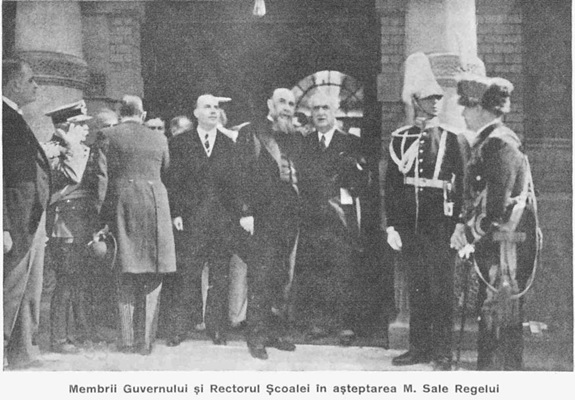
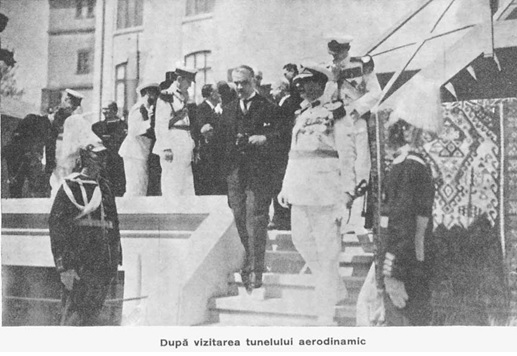
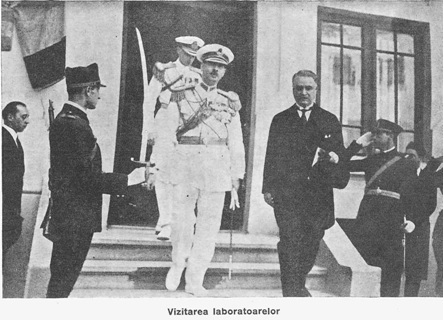
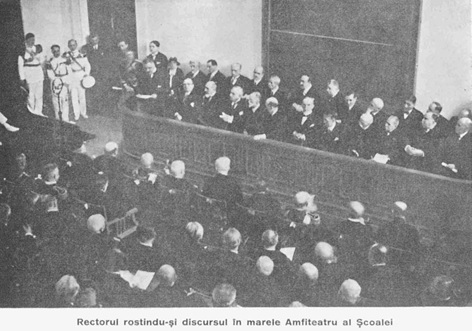
We may easily recognize the ”Grand Amphitheatre of the School”, currently known as the F024 Acad. Virgiliu N. Constantinescu Amphitheatre of the Faculty of Aerospace Engineering. The Wind Tunnel in Polizu contributed to the relative superiority of the Romanian aeronautical industry before and during WWII. Hundreds of new aircraft designs, wing airfoils and other parts could be tested. Some of the aircraft designed in this Wind Tunnel were matching the performance at the highest standards worldwide, competing with American, British or German aircraft.
In 1937 Ion Stroescu got another assignment, with the Faculty of Sciences of the University of Bucharest, by the Laboratory of Prof. Victor Vâlcovici, who was PhD in aerodynamics from the school of the well known scientist Ludwig Prandtl (1931).
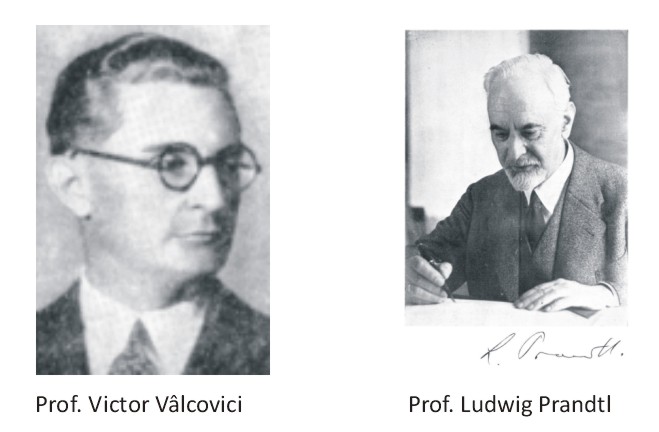
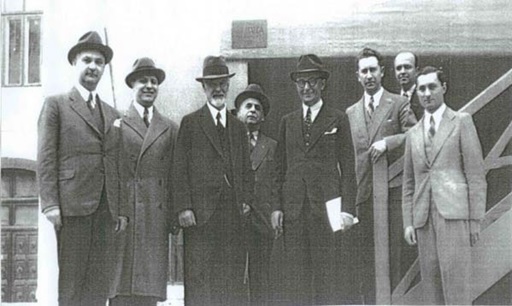
Ludwig Prandtl visited the Politechnical School in 1941, particularly to see the Wind Tunnel in Polizu. In the picture, from left to right: C.C. Teodorescu, Elie Carafoli, Ludwig Prandtl, Dionisie Germani, Victor Vâlcovici, Lucius Saveanu, Ion Cârstoiu and Nicolae Tipei.
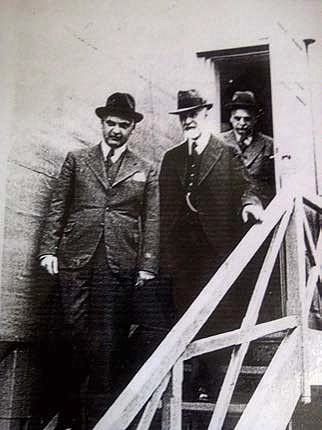
On the stairs of the tunnel, in this photo there are C. C. Teodorescu, Ludwig Prandtl and Dionisie Germani.
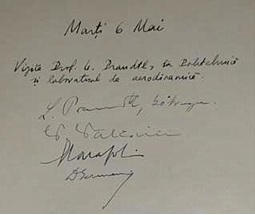
The experimental results at the end of an intense effort under the supervision of Prof. Vâlcovici, and later (after 1941) with the participation of the young mathematician Ion Șabac, the Wind Tunnel in Polizu and its creator Stroescu get an international recognition.
In 1943, Ion Stroescu’s presentation at the Research Academy in Berlin attracted appreciative remarks by Professors Ludwig Prandtl and A. Betz.
In 1946 at the Fourth Congress of Applied Mechanics, Ion Stroescu presents at Sorbone the paper “A New Type of Wind Tunnel”.
“Prof. Edmond Brun requested permission to use the blue prints of the Bucharest Wind Tunnel to build a similar one at Sorbone” (Prof. V. Vâlcovici).
In the years 2000-2008, under the supervision of Prof. Sterian Dănăilă, through significant financial efforts, the Wind Tunnel in Polizu was refurbished and modernized, becoming a valuable laboratory of aerodynamics. Very sensitive decisions were taken, trading off the preservation of the historical and patrimonial value, and the modernization of the laboratory to the 21st Century standards.
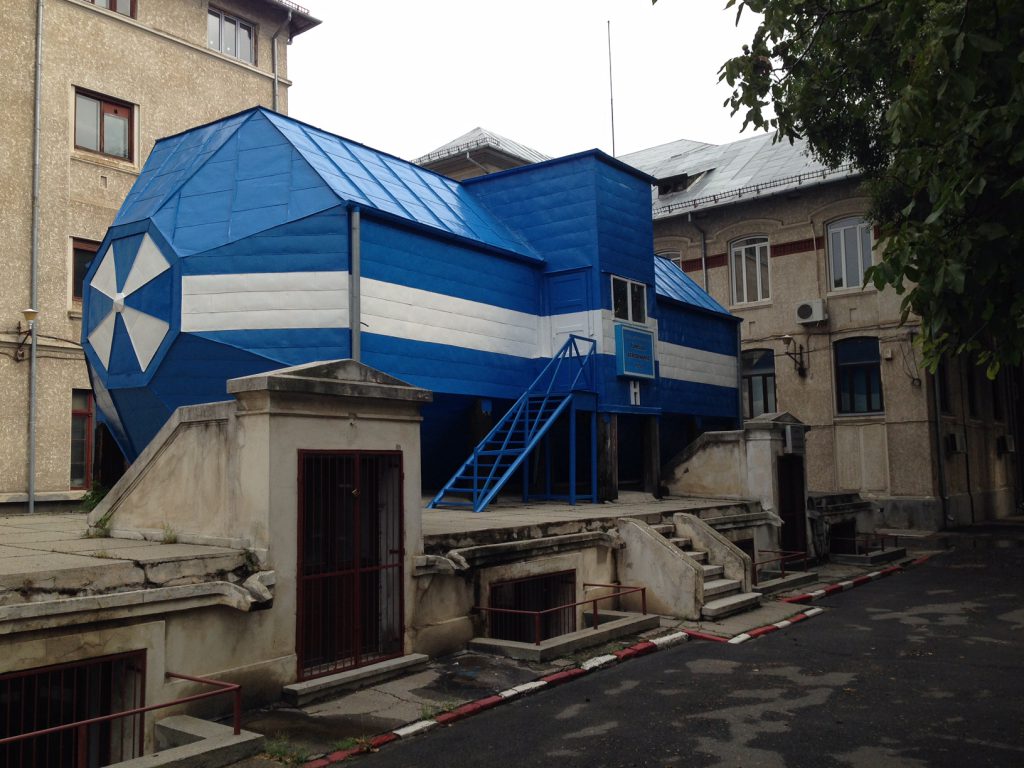
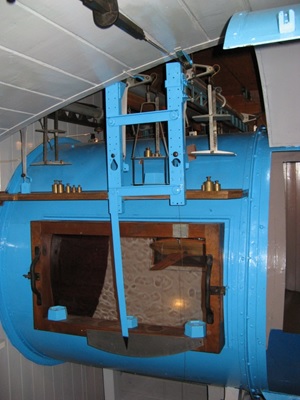
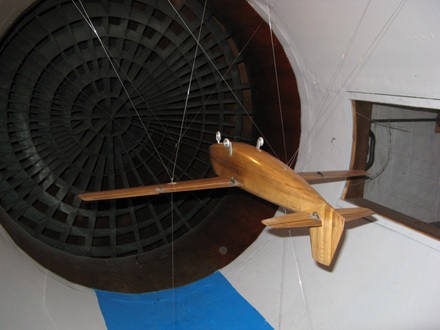
(This article was adapted after the presentations of Prof. Sterian Dănăilă, using original materials of the ”Elie Carafoli” Department of Aerospace Sciences, and using the paper of Conf. Nicolae Șerban Tomescu, ”An important achievement of Professor Ion Stroescu: the wind tunnel of the Polytechnic School of Bucharest” published in 2011 in the INCAS Bulletin. Another reference is the paper of Buiu V, Ion Stroescu (1888-1961) A Man and a Life –for a passion, INCAS BULLETIN, Volume 3, Special Issue/ 2011, pp. 1 – 15. A significant reference over the entire field is the book ”The History of the Higher Education in Aviation” by Prof. Virgil Stanciu)
Antonio Licu
Eng. Antonio Licu Eng. Antonio Licu is the leader of AirNav Board, a Think Tank consisting of high graduates of the University Politehnica of Bucharest, Faculty of Aerospace Engineering, personalities of the field, professionally established in international...
French-Romanian Company of Air Navigation
French-Romanian Company of Air Navigation (“Compagnie Franco-Roumaine de Navigation Aérienne”) was founded by Aristide Blank, a controversial Romanian banker, using French ex-military pilots, made redundant after the war. The company was located in rue de...
Aerospace Structures Laboratory
Equipping the Aerospace Structure Laboratory with an AG6 aircraft The Faculty of Aerospace Engineering wishes to warmly thank the management and staff of AEROSTAR S.A. Bacau that contributed to the endowment of the Aerospace Structures Laboratory by donating a...
Air Navigation Laboratory
Air Navigation Laboratory was inaugurated in 2010 in partnership with ROMATSA and the Romanian Civil Aeronautics Authority
Jet Engines Laboratory
Jet Engine Laboratory - Sectioned Viper 632-41R jet engine built by Turbomecanica under license from Rolls Royce - used for the Romanian-Yugoslav fighter aircraft IAR-93 Orao and the Romanian IAR-99 Soim advanced training jet and light attack aircraft. ...
Experimental Aerodynamics Laboratory
The Experimental Aerodynamics Laboratory of the Faculty of Aerospace Engineering is one of the oldest in the world (1931), serving over the years in the design of many types of aircraft - now upgraded with state-of-the-art data acquisition systems....
Flight Test and Experimental Models Laboratory
The Flight Test and Experimental Models Laboratory has been involved for 10 years in the major international UAV competitions. In 2015 in the United States, the Phoenix team of the Faculty of Aerospace Engineering, led by Prof. Eng. Petrisor Pârvu, ranked 4th...
Avionics Laboratory
The Avionics Laboratory enables students to engage in aeronautical, radio navigation, radio communication, automated systems, electronic, electric and power experiments - aerospace engineering is multidisciplinary in excellence covering all these areas of...
TeCHALLENGE
Honeywell Romania, POLITEHNICA University of Bucharest, together with the School Inspectorate of Bucharest, organize the competition of innovative projects in the field of energy from 17 May to 20 October 2017. The competition is open to both students enrolled...
Aero Expo and AFASES Brașov 2017
Aero Expo 2017 and the International Conference AFASES 2017 organized by the Henri Coandă Airforce Academy in Brașov between 25-28 May 2017 enjoyed a significant participation from the Romanian aviation community, and also from the presence of personalities...


0 Comments